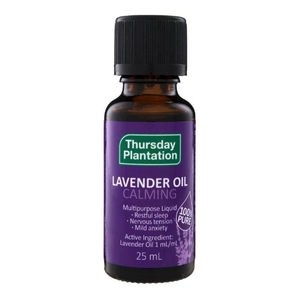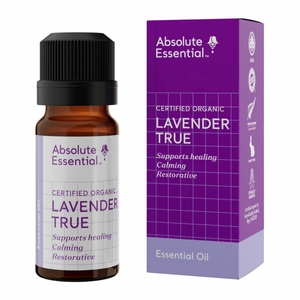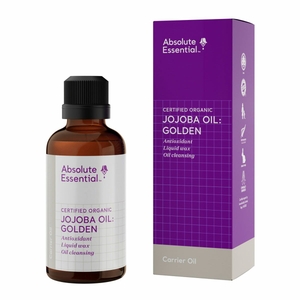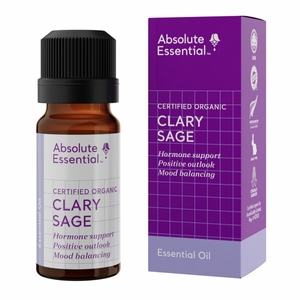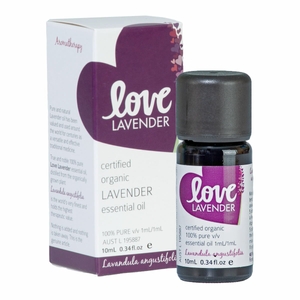Essential oils are concentrated extracts derived from various parts of plants, including flowers, leaves, bark, stems, and roots (1).
The first known use of essential oils dates to approximately 4500 BC in ancient Egypt, as well as in India and Persia, where they were used for cosmetic and medicinal purposes (2).
How are essential oils made?
Essential oils are obtained through distillation or cold pressing methods, which preserve the volatile compounds that give each plant its unique scent (3).
After extraction, these compounds are mixed with a carrier oil to create a product ready for use.
While both essential oils and fragrance oils can provide pleasant scents, there are key differences between them.
Fragrance oils are synthetic oils designed to imitate scents, whether natural or not. They are commonly used in perfumes, candles, soaps, and other scented products.
How do essential oils work?
Essential oils release volatile compounds that you can inhale or absorb through your skin. These compounds interact with smell receptors, which are directly connected to the limbic system, the part of the brain that stores memories and emotions (4,5).
This connection enables essential oils to elicit various physical and emotional responses including uplifting, invigorating, or calming effects (1).
What are the health benefits?
From soothing lavender to invigorating peppermint, every essential oil possesses its own unique character, scent, and therapeutic benefit.
They may promote healthy sleep, relieve headaches, and alleviate pain (1,2). They may also improve skin conditions, reduce anxiety, and encourage healthy digestion (1,2).
Their antifungal, antibacterial, antiviral, and anti-inflammatory properties make them useful products in your wellness toolkit (1,2).
What are the benefits of some popular essential oils?
Peppermint: used to boost energy, relieve sinus congestion, reduce nausea, and aid digestion (1,6,7,8).
Lavender: used to relieve headaches, anxiety, and insomnia (9,10,11,12,13).
Rosemary: used to reduce stress and anxiety, improve memory and support digestion (1,14,15).
Tea Tree: used to fight infections and boost immunity (1,16,17).
Lemon: used to aid digestion, mood, headaches, and immunity (1,18,19,20).
How to use essential oils?
Inhaling essential oils is a popular method of use, and it can be done through diffusers, dry evaporation, or steam.
For safety reasons, always follow the manufacturer’s instructions and assess if the usage of essential oils is appropriate for personal use.
Using a diffuser
A diffuser is a device that disperses essential oils into the air. There are several types of essential oil diffusers that you can use for this.
Popular types of essential oil diffusers include ceramic, glass, bamboo, or wood.
Dry evaporation
This method requires some type of dry material such as a cotton ball or fabric.
Add a few drops of essential oil to the material. Hold this to your nose and inhale or allow the scent to disperse naturally.
Steam
Add a few drops of the oil to a bowl of hot water. Lean over the bowl, cover your head with a towel, and inhale the steam deeply for a few minutes to experience the benefits of the oil.
Alternatively, you can add a few drops to the shower walls and inhale deeply as you shower.
How to apply essential oils to your skin?
Another option is to add essential oils to your favourite cosmetic products, such as moisturisers, toners, serums, and muscle rubs. However, it is crucial to dilute the essential oil in a carrier oil first.
Common carrier oils include coconut, avocado, sweet almond, sesame, jojoba, and grapeseed.
Diluted essential oils can be used for massage to relieve muscle tension, promote relaxation, or support skin health.
How to use essential oils around the home?
Essential oils can be used to create homemade all-purpose cleaners, air fresheners, or as a natural pest repellent for a healthier and more pleasant home environment.
For an all-purpose cleaner, combine water, vinegar, and a few drops of essential oil in a spray bottle, then apply and wipe surfaces. Common essential oils used for cleaning include lemon, tea tree, eucalyptus, lavender, or peppermint.
To make an air freshener, mix water, a dispersant (such as vegetable glycerine, soya lecithin, or sunflower oil) and a few drops of your favourite essential oil, then spray into the air.
Essential oils can also be used as a pest repellent by combining your chosen essential oil (such as peppermint, citronella, or lavender) with water and a carrier oil (such as coconut or olive oil). Apply the mixture to problem areas, such as doorways, windowsills, or outdoor surfaces.
Safety
It is crucial to follow the guidelines, dilution ratios, and safety precautions for each specific oil to ensure safe and effective use.
Avoid ingesting essential oils (21).
Be mindful of others in your environment when diffusing essential oils, including pregnant or breastfeeding women, children, and pets (22,23).
Take care when applying essential oils if you have allergies or sensitive skin, as some oils can cause reactions and increase sensitivity to sunlight (24).
Key takeaway
Essential oils have been used since ancient times for their cosmetic and medicinal properties. They may promote healthy sleep, relieve headaches, reduce anxiety, improve digestion, and alleviate pain. These oils can be used through inhalation, topical application, or in household products for a healthier home environment.
If you have any health concerns or take medications, it is important to consult a healthcare provider before using any essential oil.


